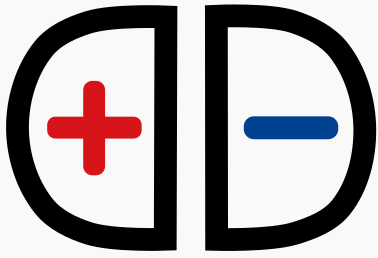
Liquid crystals
The target of our project is the development of epoch-making multi-functional materials based on ferroic fluids,
such as nematic and/or columnar ferroelectrics, as well as their novel application as devices.
The consortium consists of four teams, one from Japan and three from Visegrad countries.
To maximize the synergetic effect in the collaborative research among these four teams,
we set three ambitious and strategic subjects as the end-of project goals, according to each team’s field of expertise;
(1) Development of a new class of ferroic fluid materials;
(2) Design of hybrid, organic-based mutliferroic materials with atomic precision, based on the ferroic fluids;
(3) Application of these ferroic fluids for nano-devices, such as highperformance organic solar cells and/or
high density memories.
The project is substantially based on the strong international collaboration, interdisciplinary contribution, mentoring and transfer of knowledge on soft material sciences and related technologies. The main participating members are cutting-edge specialists in the soft matter field, experienced scholars and early-stage scientists, which are a perfect mix of energy and eagerness with expertise and experience. The Japanese team will be responsible for advanced measurements, simulation and application-related evaluation. The Polish team will coordinate integration of ferroic fluids into multiferroic materials and solar cell preparation, as well as advanced structural analysis. The Hungarian team will conduct dynamic measurements including rheology and photo-responses. The Czech team is in charge of the strategical molecular design and synthesis of new ferroic fluids and photosensitive molecules.
(hide abstract)
Past projects:
Within the project, new types of self-organized systems based on liquid crystals will be prepared and studied. Physical aspects of self-organization and stabilization of complex topological soft matter superstructures will be explored with respect to various conditions in the confined geometries.
(hide abstract)In the project new approaches will be developed for fabrication of new self-organized materials based on liquid crystals (LCs) and various nanoparticles providing targeted optical, dielectric, magnetic or multiferroic properties for future technologies. The fluidity of LCs enables them to be strongly responsive to external stimuli, such as electric or magnetic fields, illumination by a definite wave length, mechanical stress, surface effects etc. Grafting the inorganic nanoparticles (magnetic, metallic or ferroelectric) with organic mesogenic molecules(functionalization) facilitates bottom-up self-organization of nanoparticles due to self-assembling nature inherent to the LC compounds. Additionally, this grafting can also implement desirable physical properties to the resulting system. We anticipate that combining the unique nanoparticle properties with that provided by liquid crystals might lead to a new functionality not obtained for the single components.
(hide abstract)In the project new approaches will be developed for fabrication of new self-organized materials based on liquid crystals (LCs) and various nanoparticles providing targeted optical, dielectric, magnetic or multiferroic properties for future technologies. The fluidity of LCs enables them to be strongly responsive to external stimuli, such as electric or magnetic fields, illumination by a definite wave length, mechanical stress, surface effects etc. Grafting the inorganic nanoparticles (magnetic, metallic or ferroelectric) with organic mesogenic molecules(functionalization) facilitates bottom-up self-organization of nanoparticles due to self-assembling nature inherent to the LC compounds. Additionally, this grafting can also implement desirable physical properties to the resulting system. We anticipate that combining the unique nanoparticle properties with that provided by liquid crystals might lead to a new functionality not obtained for the single components.
(hide abstract)
